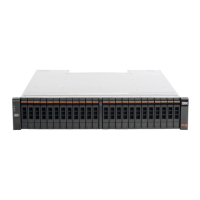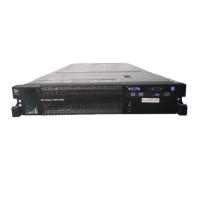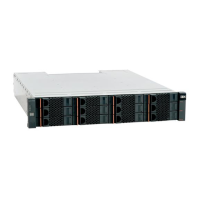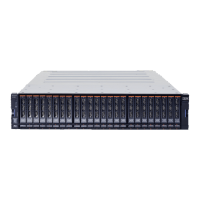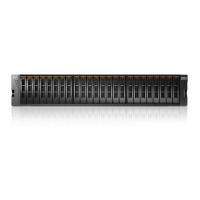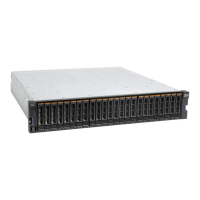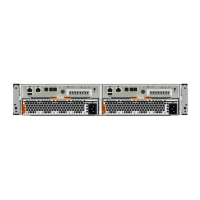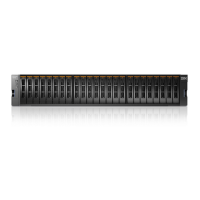About this task
To remove a DIMM, complete the following steps.
Procedure
1. Read the Safety information and “Installation guidelines” on page 94.
2. Follow the procedure in “Removing a file module and disconnecting power”
on page 92 to suspend the file module from the cluster and shut it down, and
then disconnect all power cords and external cables.
3. Slide the file module out of the rack.
4. Remove the cover (see “Removing the cover” on page 123).
5. Remove the air baffle over the DIMMs (see “Removing the air baffle” on page
137).
6. Open the retaining clip on each end of the DIMM connector and lift the DIMM
from the connector.
Attention: To avoid breaking the retaining clips or damaging the DIMM
connectors, open and close the clips gently.
7. If you are instructed to return the DIMM, follow all packaging instructions, and
use any packaging materials for shipping that are supplied to you.
Installing a memory module
The following procedure is for a Tier 1 customer replaceable unit (CRU).
Replacement of Tier 1 CRUs is your responsibility. If IBM installs a Tier 1 CRU at
your request, you will be charged for the installation. Service agreements can be
purchased so that you can ask IBM to replace these units.
About this task
See Figure 68 on page 154 for the locations of the DIMM connectors on the system
board.
Chapter 4. File module 153
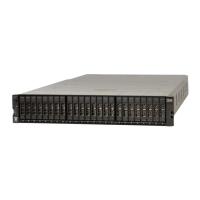
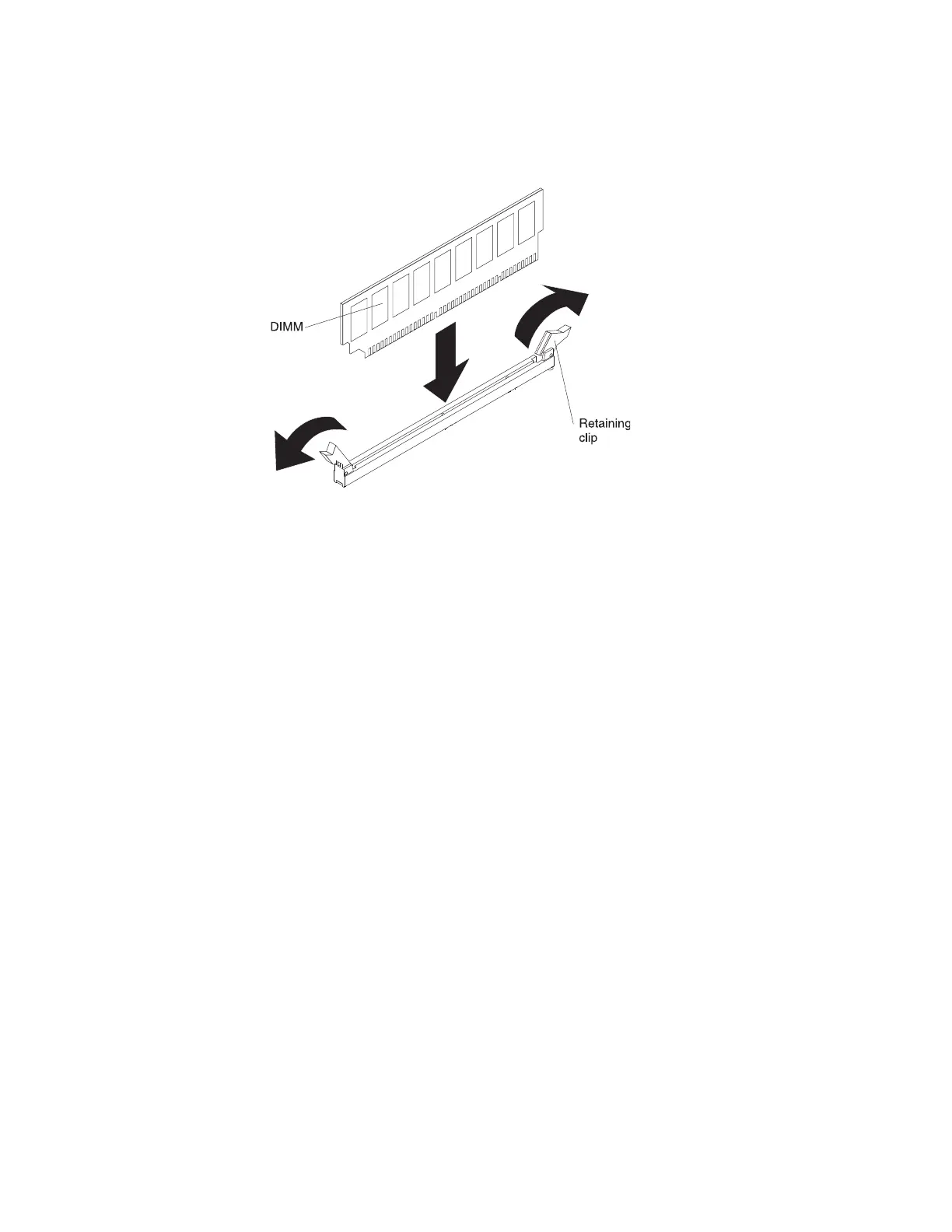